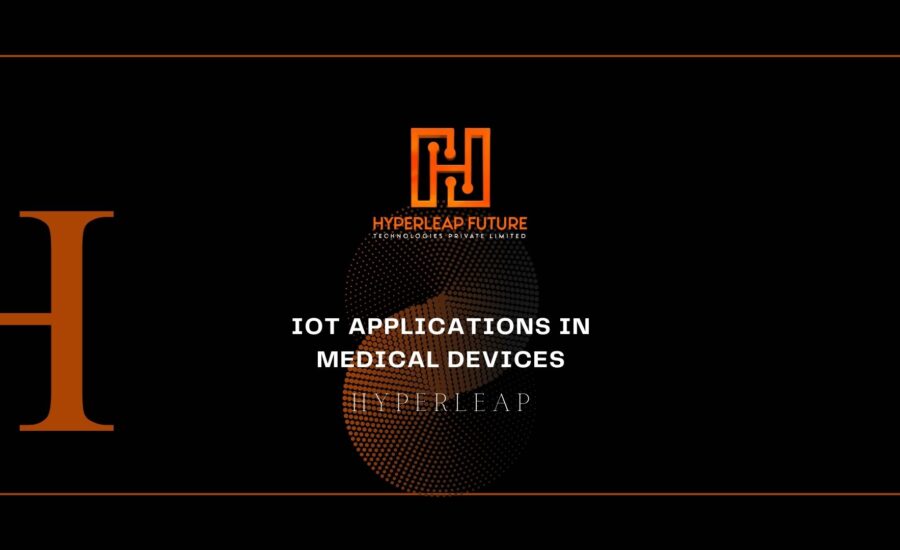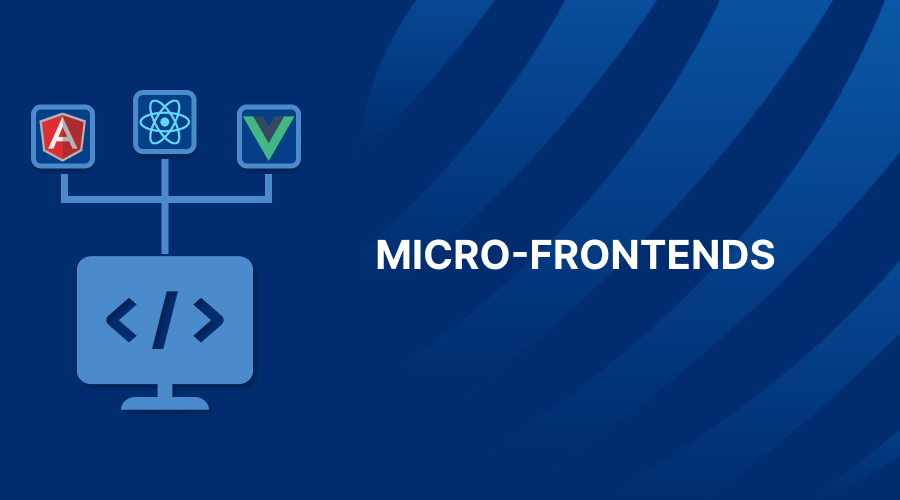JWT (JSON Web Token) is a compact and self-contained way for securely transmitting information between parties as a JSON object. It's widely used for authentication and authorization in modern web applications. Key Components of JWT Header: Contains
Spring Boot applications often handle sensitive data through various API endpoints. Proper authorization is crucial to ensure only authorized users can access specific functionalities. This blog post will guide you through implementing endpoint authorization in Spring Boot
Today, data has largely replaced humans in driving critical strategic business decisions in enterprises. With data's growing importance, the demand for data experts has risen dramatically in recent years. Companies have a wide range of data-related employment
Revolutionizing Patient Monitoring The integration of IoT in medical devices is transforming patient monitoring by providing real-time, continuous tracking of vital signs and health metrics. IoT-enabled wearable devices and sensors collect data such as heart rate, blood
What is Low-Code Development? Low-code is a modern approach to software development that uses minimal coding and programming languages. Coding may be required, but it is used in very specific areas. Low-code development may require developers with
Deepfake refers to the type of fake media (pictures, videos, or audio) that closely resembles a real person’s face, voice, or even body which creates hyper-realistic videos or audio recordings. Deepfakes have exploded lately and blurred the lines
Kafka's architecture is designed to handle large-scale real-time data streams efficiently. Here's a comprehensive overview: Topics: Data is organized into topics, which are essentially feeds of messages or events. Topics can be thought of as logs where
Reflection is a powerful feature in Java that allows us to inspect and manipulate classes, methods, and fields at runtime. Spring Boot leverages reflection extensively to provide flexible and dynamic behavior in various scenarios. What is Reflection?
Introduction: In today's fast-paced digital landscape, delivering seamless and scalable web applications is more critical than ever. Traditional monolithic architectures often pose challenges in agility, scalability, and team collaboration. However, there's a paradigm shift underway – one
Understanding DataMarts: A Comprehensive Guide In today's data-driven world, businesses are constantly seeking ways to harness and analyze their data more effectively. One critical component in this process is the DataMart. While DataMarts may not be as




